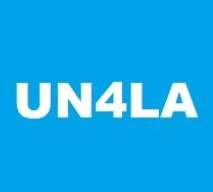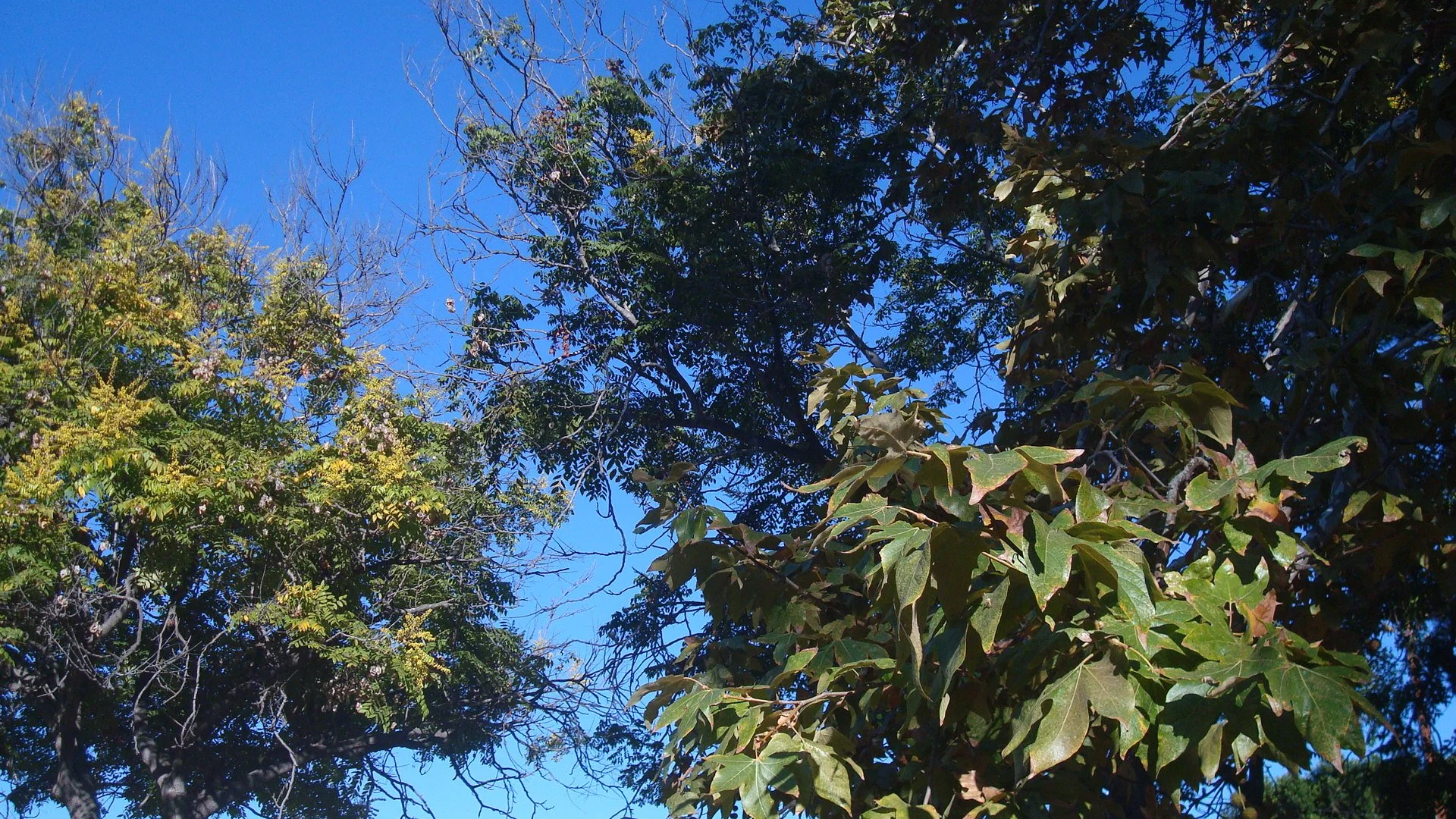L.A.’S TREES ARE NECESSARY INFRASTRUCTURE
By Jeanne McConnell, President of Angelenos for Trees, and Casey Maddren, President of United Neighborhoods for Los Angeles (UN4LA).
Trees are crucial infrastructure. According to the US Environmental Protection Agency, a healthy urban forest will: 1) cool our communities and reduce energy use; 2) improve air quality and lower greenhouse gas emissions; 3) capture stormwater and improve water quality; 4) provide habitat for wildlife. All of these benefits are increasingly important as the City of LA (and the entire Southwest) continues to become hotter and drier.
Sidewalks are also crucial infrastructure, and they need to be properly maintained. Over the past several years we’ve seen LA’s sidewalks deteriorating, and unfortunately trees are one of the causes. In 2010, a class action lawsuit was filed, Willits v. City of Los Angeles, alleging that the City was in violation of the Americans with Disabilities Act by failing to properly maintain its sidewalks. In 2016, the City entered into a settlement requiring it to spend $1.4 billion over 30 years to make sidewalks accessible to persons with disabilities. Not long after, the City began to implement its Sidewalk Repair Program.
The groups we represent, Angelenos for Trees and United Neighborhoods for Los Angeles (UN4LA), absolutely believe we need to properly maintain our sidewalks. However, we felt the Environmental Impact Report (EIR) failed to adequately consider the effects of the Sidewalk Repair Program on our rapidly declining urban forest. The EIR anticipated the removal and replacement of over 12,000 street trees. We believe this would have caused very real impacts to the environment and to our infrastructure, and that the EIR didn’t properly assess these impacts. We went to court, and the court agreed with us.
So where do we go from here? Well, Councilmembers John Lee and Traci Park took an impressive first step by creating a motion asking the City to explore best practices for sidewalk repairs that would preserve our City's mature street trees. The motion also asks the City Administrative Officer to report back on the possibility of securing federal funding for our urban forests.
But maybe the most important thing about the motion from Lee and Park is that they refer to our urban forest as infrastructure. As we said at the beginning of this article, we believe trees are critical infrastructure in our fight to address poor air quality, increased heat, increased flooding and loss of biodiversity. You can find numerous statements by members of the City Council and our former Mayor emphasizing the importance of the urban forest. Unfortunately, their statements haven’t been supported by action. Funding for the Urban Forestry Division, the Office of City Forest Management, and Parks & Recreation has never matched the size of the job that they are tasked with, and whenever there’s a budget squeeze, UFD usually ends up taking a hit. Staff was slashed during the last recession, and while some positions have been restored since then, UFD and the Office of City Forest Management still doesn’t have the staff or the funding to do what they’re asked to do.
LA’s mayors have been long on talk, but short on action. In 2006, Antonio Villaraigosa put forward his Million Trees LA initiative, with the goal of planting a million trees throughout the city. In 2019, Eric Garcetti revealed a plan to plant 90,000 trees by 2021 as part of LA’s Green New Deal. Both programs may have been well-intended, and many new trees were planted, but in fact both programs fell far short of their goals.
In 2018, the City commissioned Dudek Consulting to prepare a report which sets forth the first steps to implementing an Urban Forest Management Plan. Dudek found that Los Angeles scored a 2 out of a possible 109 in sustainable urban forest management. Since then, small steps have been taken to implement the plan, but many of the report’s findings have not been addressed and recommendations have not been adopted due to a lack of commitment by the City and the failure to adequately fund these recommendations.
We can’t keep hoping to get by with on-again/off-again funding for our urban forest. We can’t keep relying on mayors looking to impress us with short-lived programs that aren’t fully funded. We need a long-term commitment from our City’s leaders to: 1) recognize the urban forest as essential infrastructure, just like sidewalks, roads and power lines; 2) substantially increase annual funding for the urban forest commensurate with its status as necessary infrastructure; and 3) elevate the Urban Forestry Department and the Office of Forest Management so that their status is equal to other City departments that maintain our infrastructure.
We understand that there are always more demands on the budget than can be fulfilled, and we know that structural changes are difficult. But if the City isn’t going to make these changes, then we should stop pretending that we care about shade inequity, the quality of our air, the loss of biodiversity and the value of trees as green infrastructure, and acknowledge that as a City we are actively participating in the rapid decline of our urban forest. (Some LA communities have lost more than 50% of their tree canopy over the last 20 years.) UFD will continue to make decisions based on cost rather than best practices. Developers will continue to cut down mature trees. The street trees that clean our air and cool our communities will continue to die whenever lack of funding prohibits adequate care.
We are grateful to Councilmembers Lee and Park for putting this motion forward. We hope we can work with the City in resolving the issues with the Sidewalk Repair Program. But we also hope that this will be the first step toward recognizing our urban forest as crucial infrastructure, and then making a commitment to fund it as other large cities do, and as recommended by the Dudek Report. As Los Angeles continues to grow warmer and experiences extreme drought and flooding due to climate change, we can’t afford to stick with the status quo.
It is time to recognize that trees are crucial infrastructure.

